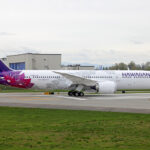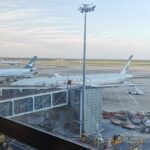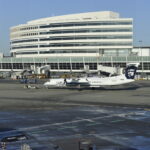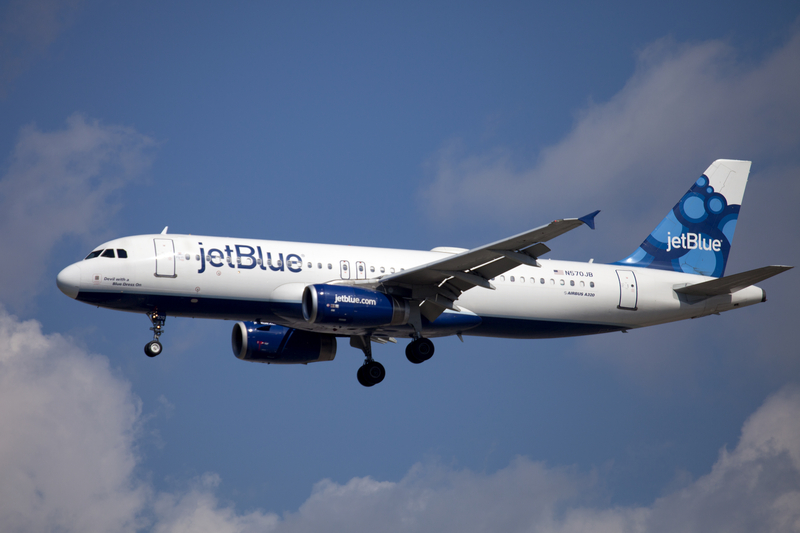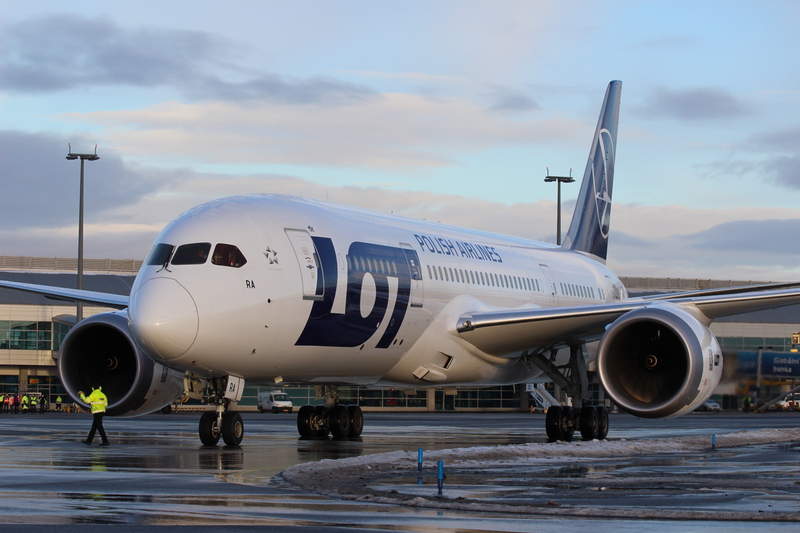Cathay Pacific Returns To Seattle
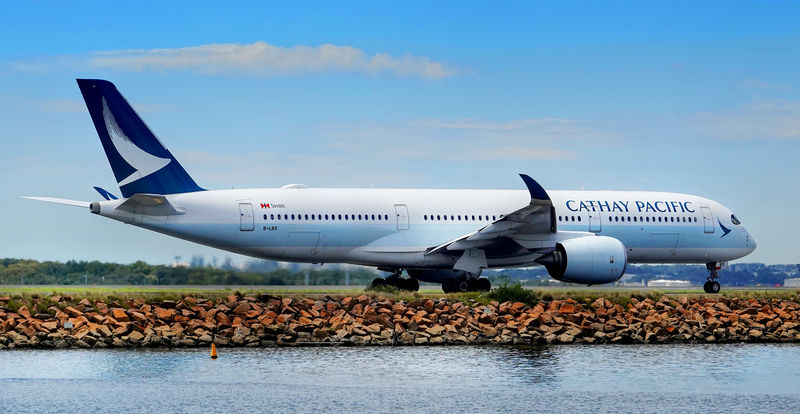
ID 342277261 © Helena Bilkova | Dreamstime.com
Cathay Pacific will return to Seattle–Tacoma International Airport in spring 2026, restoring a transpacific link it cut during the pandemic. The move adds a ninth North American gateway for the carrier and lands squarely in the middle of Seattle’s evolving long-haul chessboard—where partner Alaska Airlines is building global ambitions and Delta remains the home-field incumbent.
Route Details
-
Start date: March 30, 2026
-
Frequency: 5x weekly (Mon, Tue, Wed, Thu, Sat)
-
Flight numbers / schedule:
-
CX852 HKG 1:30pm → SEA 10:10am (same day)
-
CX853 SEA 11:50am → HKG 4:45pm (+1 day)
-
-
Block times: ~11h40m eastbound; ~13h55m westbound
-
Aircraft: Airbus A350-900 (approx. 280 seats: 38J / 28W / 214Y)
Award seekers take note: early partner business-class availability is loaded, bookable via American AAdvantage and Alaska Atmos Rewards.
Why Now
-
Demand recovery beyond O&D: Cathay highlights stronger flows to Mainland China and India via Hong Kong; Seattle’s tech-heavy catchment and Asia ties help.
-
Network rebuild momentum: With transpacific capacity scaling back toward pre-2020 levels, SEA returns as the closest U.S. mainland gateway to HKG by great-circle distance, aiding fuel and crew efficiency.
-
Cargo logic: A350 belly space supports high-yield tech, e-commerce, and perishables—key transpacific revenue stabilizers on shoulder days.
Competitive Context
-
Alaska Airlines factor: Alaska is methodically adding long-haul links from SEA (Tokyo-NRT, Seoul-ICN and more planned by 2030). Hong Kong is an obvious next candidate. Cathay’s return secures oneworld presence and soaks up premium/connecting demand that might otherwise justify an Alaska launch.
-
Delta’s move—just not from SEA: Delta is re-entering Hong Kong from Los Angeles, not Seattle. Cathay’s timing at Delta’s Pacific stronghold keeps the HKG brand visible on the West Coast while avoiding direct head-to-head on LAX–HKG (where Cathay already dominates).
-
Star Alliance pathways: United funnels Seattle-to-Asia mainly via SFO/LAX hubs; a nonstop HKG option from SEA dents some Star-bound leakage through SFO.
Connectivity & Feed
-
Seattle side: Strong onward connectivity with Alaska across the Pacific Northwest, Mountain West, California, and secondary U.S. markets—critical to fill a 5x weekly A350 consistently.
-
Hong Kong side: Dense bank of Mainland China and South Asia connections plus Southeast Asia leisure flows. Daytime westbound from SEA enables same-evening arrivals into HKG’s late-night bank.
Product & Experience
-
Cabin: A350-900 with modern air, humidity, and lower cabin altitude; lie-flat business class, true premium economy, and seatback IFE throughout.
-
Schedule cadence: Late-morning SEA departure and mid-afternoon next-day HKG arrival suit business travelers and minimize red-eye pain outbound.
-
Loyalty: Redeem/earn with AAdvantage and Alaska; oneworld elites retain lounge/priority benefits on both ends.
Risks To Watch
-
Frequency ladder: 5x weekly is credible for yield, but a daily step-up typically cements corporate contracts; watch for a frequency increase if loads/yields cooperate.
-
Macro volatility: Transpacific demand and geopolitics can swing quickly; Hong Kong’s transfer strength helps, but consistency matters.
-
Alaska’s next move: If Alaska pursues HKG later, the market may support coexistence seasonally—but Cathay’s first-mover status sets the benchmark.
Bottom Line
Cathay’s SEA comeback is equal parts network logic and competitive signal. It locks in oneworld coverage at a rapidly globalizing Seattle hub, counters Delta’s broader West Coast narrative, and preempts any Alaska long-haul ambitions to Hong Kong. With a rational 5x-weekly A350 and early partner award space, this is a savvy return—one that could scale to daily if the connecting math works.
